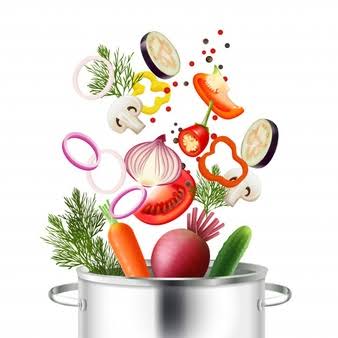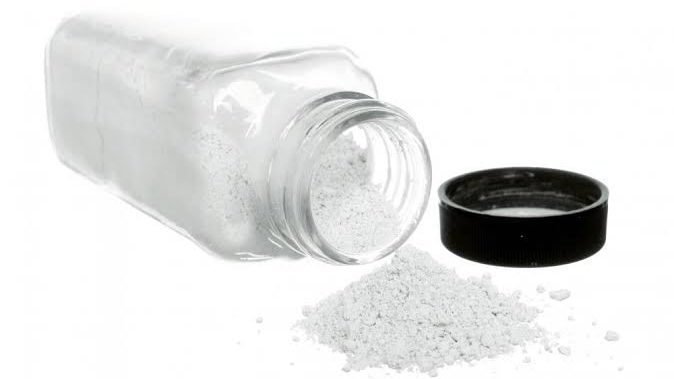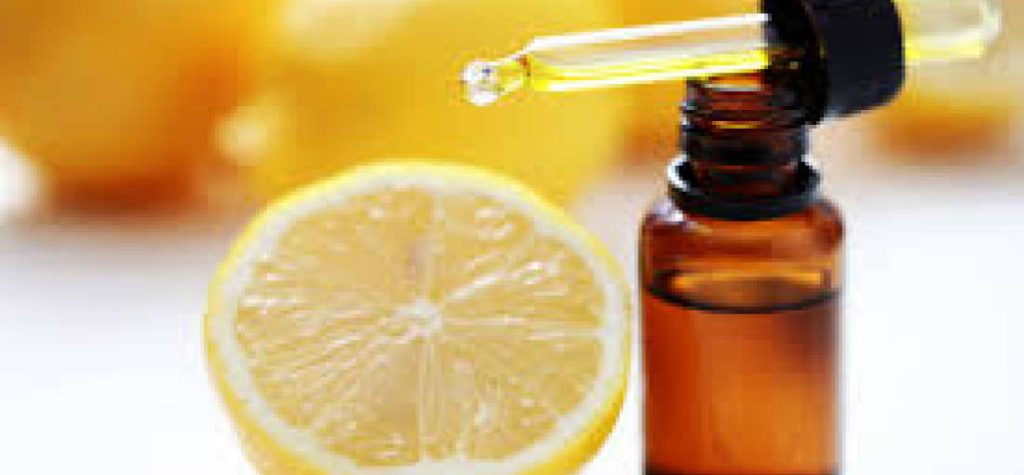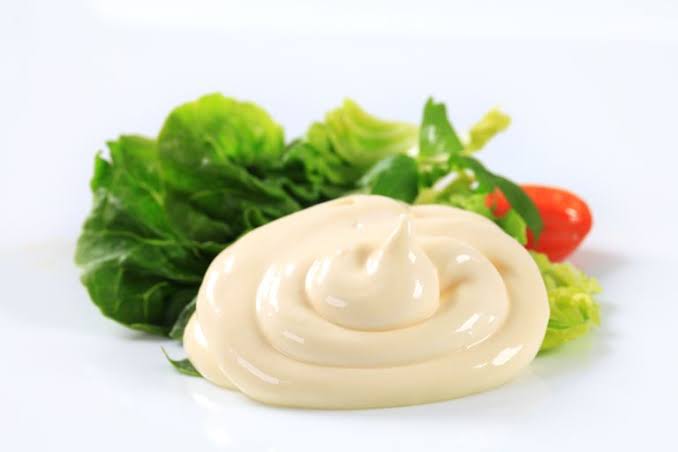What are Ingredients?

An ingredient is a substance combined to form part of a dish, meal, or food products. Recipes are the list of ingredients and preparation methods for a menu/dish. For example, when baking a cake, the ingredients include flour, milk, eggs, sugar, fats, etc. All the single substances are combined to form the whole food product.
How to read ingredients

Ingredients are listed in order of the quantity/weight of the total produce, so the packaged food’s main ingredients always come first. That means that if the first few ingredients are sugar and sugar products, such as sucrose, fructose, or syrup, then the food in question is high in sugar.
Functions and Types of Ingredients

Ingredients are used for certain reasons such as for processing, contributing to the final product’s outcome. They serve several purposes, such as changing the structure and consistency of foods, thickening, setting, raising agents, etc. Other functions include adding colour, taste, flavour, culinary, nutritional, safety, preservation, pH regulation, etc.
Below is a list of some common food ingredients and their functions:
Sweeteners

They add sweetness to food with or without extra calories. They are used in beverages, baked goods, confections, white sugar, substitutes, and many processed foods. Examples include sucrose (sugar), glucose, fructose, sorbitol, mannitol, corn syrup, high fructose corn syrup, saccharin, aspartame, sucralose, and acesulfame potassium (acesulfame-K).
Humectants

They retain moisture in food and food products. Example of uses includes Shredded coconut, marshmallows, soft candies, confections, etc. Names found on product labels include glycerin, sorbitol.
Anti-caking agents

Keep powdered foods in its form and prevent moisture absorption. Example of uses includes in Salt, baking powder, confectioner’s sugar. Names found on the label include calcium silicate, iron ammonium citrate, silicon dioxide.
pH Control Agents and acidulants

They control acidity and alkalinity, prevent spoilage. They are used in beverages, frozen desserts, chocolate, low acid canned foods, baking powder, etc. Common names on food labels are lactic acid, citric acid, ammonium hydroxide, sodium carbonate.
Stabilizers and Thickeners, Binders, Texturizers

Produce uniform texture and improve “mouth-feel” in food products. They are used in frozen desserts, dairy products, cakes, pudding and gelatin mixes, dressings, jams and jellies, sauces. Examples include gelatin, pectin, guar gum, carrageenan, xanthan gum, whey.
Emulsifiers

Allow smooth mixing of ingredients and prevent separation. They keep emulsified products stable, reduce stickiness, control crystallization, keep ingredients dispersed, and to help products dissolve more easily. They are used in Salad dressings, peanut butter, chocolate, margarine, frozen desserts. Examples are soy lecithin, mono- and diglycerides, egg yolks, polysorbates, sorbitan monostearate.
Flavour Enhancers

Enhance flavours already present in foods (without providing their separate flavour). They are widely used in many processed foods . Common names found on product labels are monosodium glutamate (MSG), hydrolysed soy protein, autolysed yeast extract, disodium guanylate, or inosinate.
Preservatives

Prevent food spoilage from bacteria, molds, fungi, or yeast (antimicrobials); slow or prevent changes in colour, flavour, or texture and delay rancidity (antioxidants); maintain freshness. They are used in fruit sauces and jellies, beverages, baked goods, cured meats, oils and margarine, cereals, dressings, snack foods, fruits, and vegetables. Common names found on product labels are ascorbic acid, citric acid, sodium benzoate, calcium propionate, sodium erythorbate, sodium nitrite, calcium sorbate, potassium sorbate, beta-hydroxy acid (BHA), butylated hydroxytoluene (BHT), ethylenediaminetetraacetic acid (EDTA), tocopherols (Vitamin E).
Colour Additives

They prevent colour loss due to exposure to light, air, temperature extremes, moisture and storage conditions; correct natural variations in colour; enhance colours that occur naturally; provide colourful to colourless “fun” foods. They are widely used in many processed foods, (candies, snack foods margarine, cheese, soft drinks, jams/jellies, gelatins, pudding, and pie fillings). Common names found on product labels include FD&C Blue Nos. 1 and 2, FD&C Green No. 3, FD&C Red Nos. 3 and 40, FD&C Yellow Nos. 5 and 6, Orange B, Citrus Red No. 2, beta-carotene, caramel colour, fruit and vegetable juices, saffron.
FD&C- Food, Drug and Cosmetic. The United States Federal Food, Drug and Cosmetic Act, is a set of laws of the U.S. Food and Drug Administration (FDA) to oversee the safety of food, drugs, medical devices and cosmetics.
References
Wikipedia.
Pressman, Peter & Clemens, Roger & Hayes, Wally & Reddy, Chada. (2017). Food additive safety: A review of toxicologic and regulatory issues. Toxicology Research and Application. 1. 239784731772357. 10.1177/2397847317723572.
POPOOLA KABIRAT KEHINDE (M.Sc. RDN)


